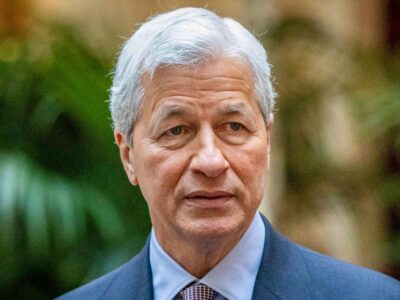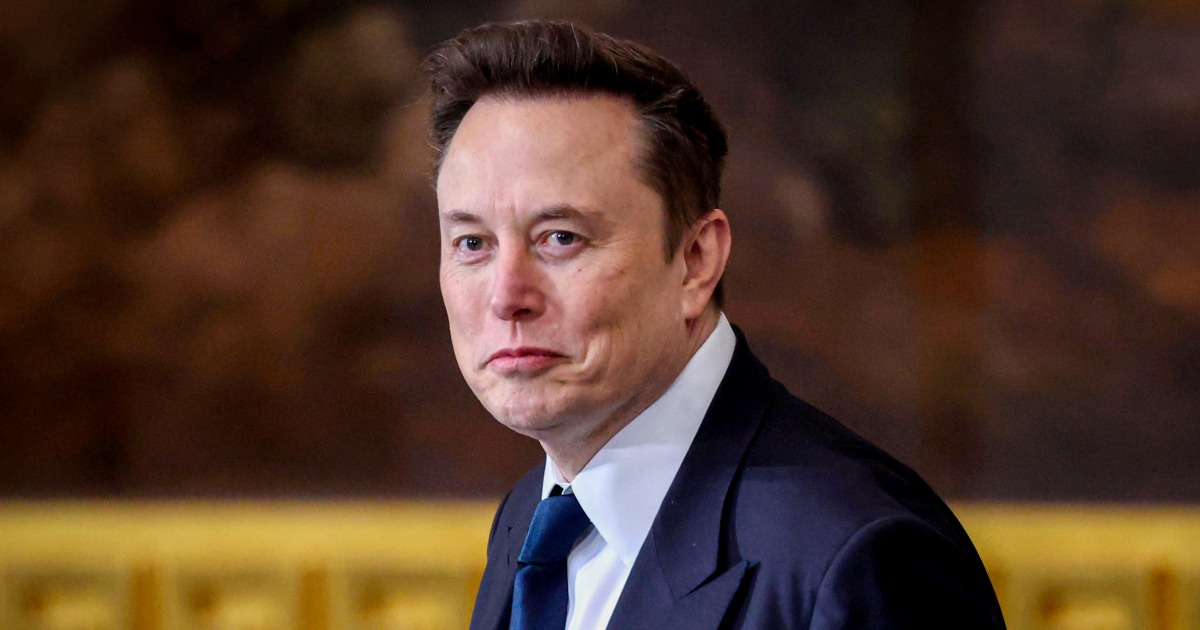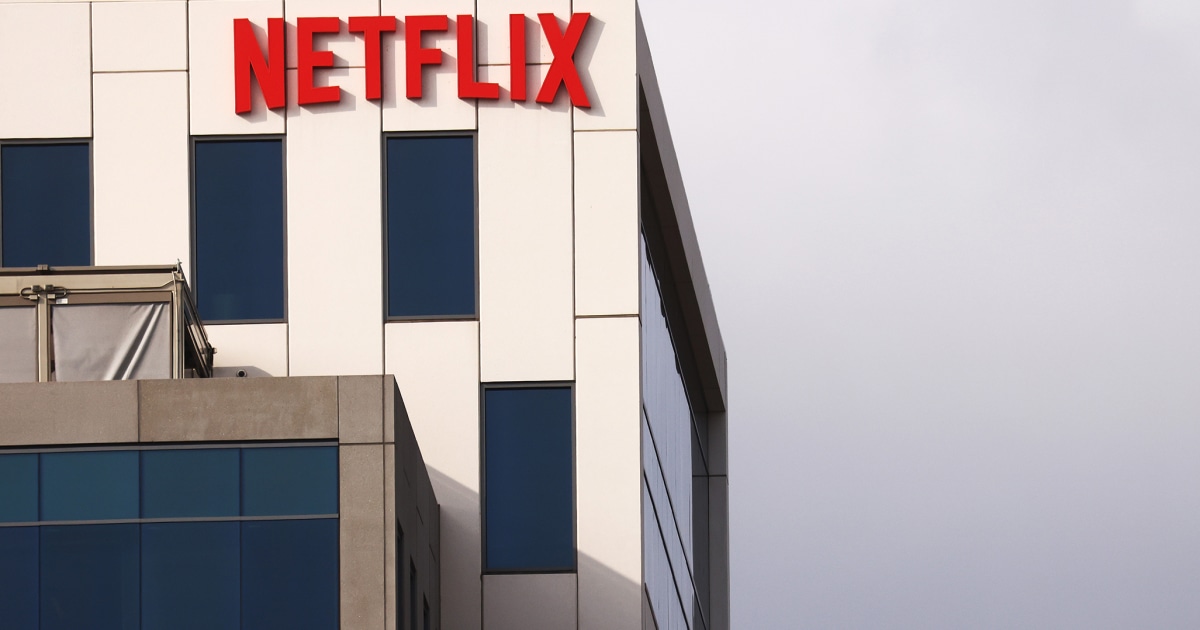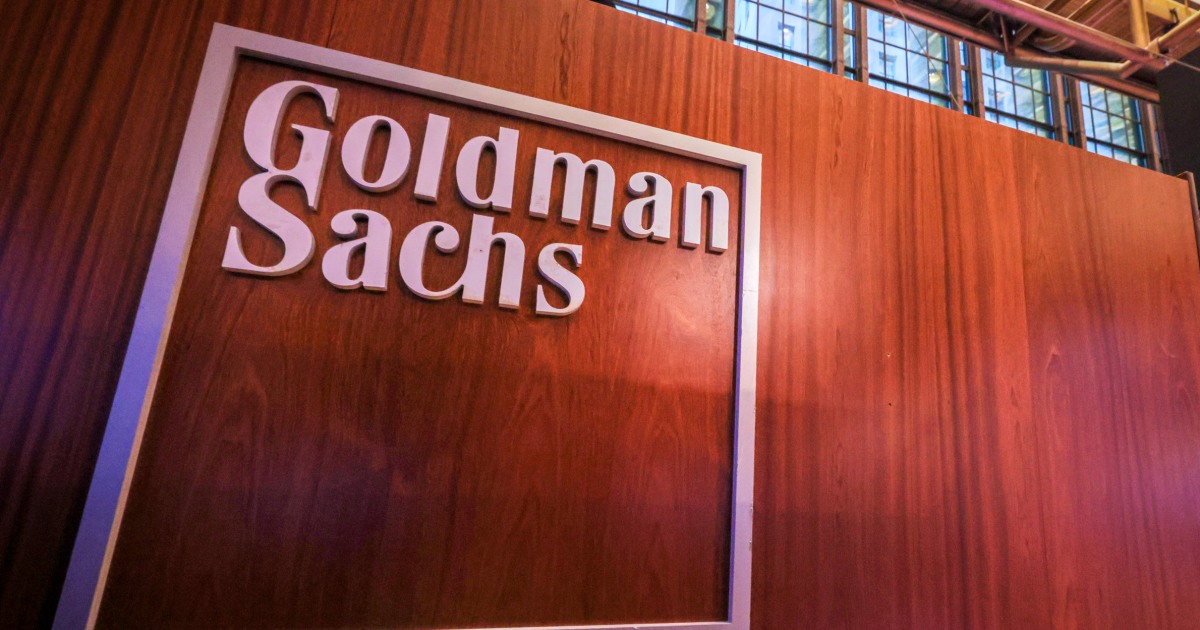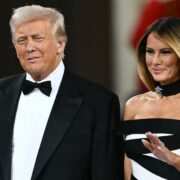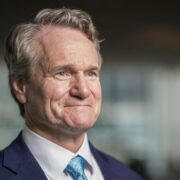
President-elect Donald Trump will re-enter the White House next week against a more challenging economic backdrop than when he was sworn in for the first time in 2017 — starting with the threat of inflation.
On Wednesday, the Bureau of Labor Statistics was set to report consumer price increase data for December. Forecasters surveyed by Dow Jones expected inflation to have re-accelerated in December, while the so-called core rate, which excludes more volatile items, was expected to have remained unchanged.
The data would add further evidence suggesting that progress on reducing inflation has stalled. On Friday, the BLS reported the country added 256,000 jobs last month, significantly surpassing expectations and indicating U.S. economic growth not only remains steady but also may be getting hotter.
Trump was re-elected in part to maintain the economic momentum that took root during the Biden administration. The evidence can be found in gross domestic product figures that continuously surpassed expectations and stock prices that have soared to all-time highs.
But that growth came at the cost of several years of surging inflation, not to mention higher borrowing costs for the United States and elevated interest rates for consumers.
If those conditions persist, they could upend Trump’s economic policy agenda, which many mainstream economists say could result in further price increases.
“Markets initially celebrated the election results, but the party was less festive than it was in 2016-17,” BCA Research said in a note to clients Monday. “The macro backdrop is not as forgiving for deportations, reflation and tariffs as it was eight years ago, and the incoming administration could face a rougher ride than it did in its first go-round.”
Markets have responded to the threat of further price increases by punishing stock and bond investors alike. The initial surge in stock prices that accompanied Trump’s election in November has been almost entirely erased.
Meanwhile, U.S. borrowing costs, already under pressure from skyrocketing debt issuance, have reached new highs alongside signals from the Federal Reserve that it intends to keep its key interest rate elevated in response to the threat of further price increases.
Trump’s tariff threats have especially added to those fears — with some analysts suggesting many consumers may have already sent prices upward as they pulled forward purchases in anticipation of the trade levies.
“Recent economic strength has combined with a rising threat of tariffs to increase upside inflation risks,” Seema Shah, chief strategist at Principal Asset Management financial group, said in a note Tuesday.
Not all sectors of the economy are showing strength. White-collar sectors, reflected in the business and professional services components of labor surveys, have added almost no net new jobs over the past 18 months. Payroll growth in manufacturing has also stalled.
And not all economists are expressing strong concerns about renewed price increases resulting from Trump’s planned policies — or that those plans would result in the Fed’s unexpectedly increasing interest rates.
“We do not expect fiscal or immigration policy changes to boost inflation appreciably, and we find it hard to envision tariffs that raise inflation enough to make a plausible case for hiking that do not also unsettle the equity market, as even much smaller tariffs did in 2019,” Goldman Sachs chief economist Jan Hatzius wrote in a recent note.
But overall sentiment remains cautious as hopes for more “disinflation” — or a slower rate of price increases, the condition Trump would most desire — hang in the balance.
“Disinflation from here on out will be much more gradual,” Bank of America analysts said in a note to clients this week.



